Control Measures for VOCs Emissions in Steel Drum Coating and Drying Furnace
Text / [Day] Jianzhi · LinkedIn
Translation / Xin Qiaojuan
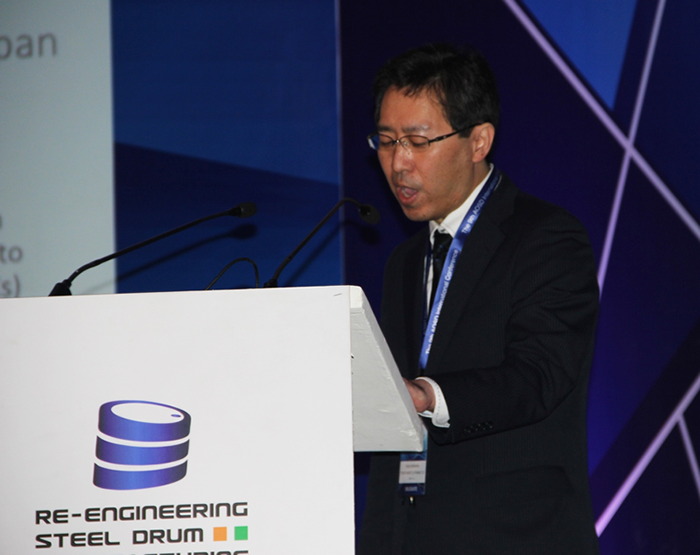
Mr. Kenji MISINA of Japan Toho Metal Packaging Co., Ltd.
1. History of VOCs emission control in Japan
1. In order to solve the problem of air pollution caused by suspended particulate matter and photochemical oxidants, Japan revised the Air Pollution Control Law in May 2004, which came into effect on April 1, 2006. The revised "Large Institute of Pollution Control Law" introduced the legal requirements for controlling the emission of volatile organic compounds (VOCs).
2. The Air Pollution Control Law stipulates that comprehensive management will be carried out through the combination of legal procedures and various independent measures. By 2010, the emissions of VOCs will be reduced by 30% compared with 2000. That is, the goal of VOCs governance is formulated.
3. In 2000, the VOCs emissions of coatings accounted for 38% of domestic fixed sources, as shown in the following figure:
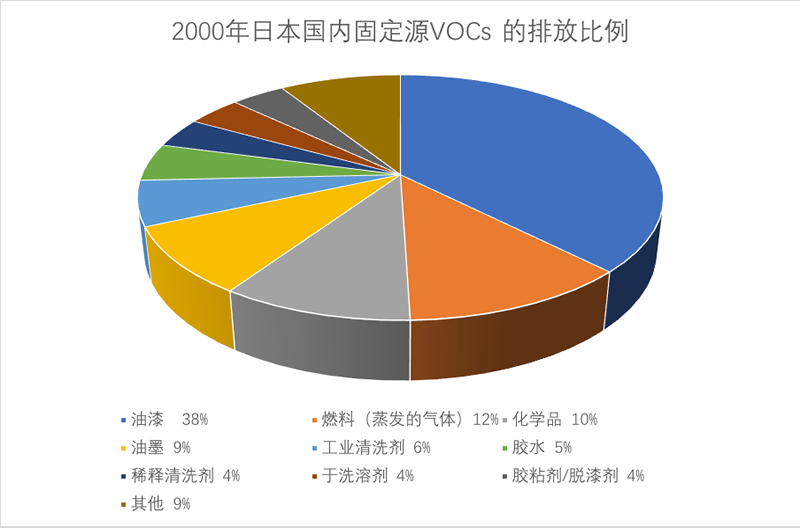
2. Measures taken by the Japan Steel Barrel Association (JSDA) to curb VOCs emissions
1. The Japan Steel Barrel Association (JSDA) voluntarily provided the following seven measures free of charge to suppress the emission of VOCs
(1) Reduce the amount of paint and solvent used in the production of steel drums.
(2) Improve external surface spraying equipment
(3) Upgrading of painting equipment.
(4) Reduce the number of product types and colors.
(5) Improve paint
(6) Reduce the amount of solvent used
(7) Two standard colors have been changed (using a thinner coating layer).
2. In this introduction, we will introduce exhaust gas treatment equipment during 1-3) coating equipment upgrade.
3. Brief introduction of waste gas treatment equipment
1. Types of exhaust gas treatment equipment
The following three exhaust gas treatment methods are currently in use
1) Direct thermal oxidation combustion (DTO)
2) Catalytic thermal oxidation combustion (CTO)
3) Regenerative thermal oxidation combustion method (RTO)
Below we introduce these three processing methods:
(1) Direct thermal oxidation combustion (DTO)
The direct thermal oxidation combustion furnace is a device that oxidizes and decomposes high-concentration industrial waste gas containing suspended particulate matter or toxic substances under high temperature, and is an ideal waste gas treatment equipment.
Features are as follows:
â‘ Dedicated burner and combustion chamber, high waste gas treatment efficiency.
â‘¡ Exhaust gas is mixed with high-temperature air to reach the reaction temperature;
â‘¢ Because the exhaust gas is preheated using a dedicated burner and heat exchanger, the entire process is energy-saving.
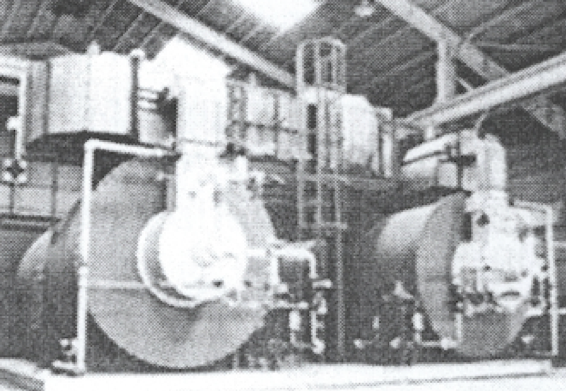
(2) Catalytic thermal oxidation combustion furnace (CTO)
A catalytic combustion furnace is a device that uses a suitable catalyst in the system to completely oxidize and decompose the organic matter in the exhaust gas at a relatively low temperature (200 to 400 ° C).
Features are as follows:
â‘ Using a highly active platinum catalyst, the exhaust gas treatment efficiency is high.
â‘¡ This method is more energy-saving, because the exhaust gas oxidation combustion is carried out at low temperature, and the heat exchanger is used to preheat the exhaust gas;
â‘¢The equipment is small in size, occupying small space and light in weight.
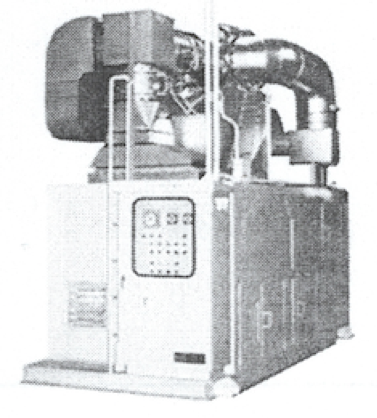
(3) Regenerative thermal oxidation combustion method (RTO)
The regenerative thermal oxidation combustion furnace is a combustion device that overcomes the shortcomings of the traditional combustion method. The ceramic catalyst is added to the thermal oxidation device for heat recovery, the VOCs waste gas is preheated, and then the oxidation reaction is performed.

2. Comparison Table of waste gas treatment effect
projectDirect thermal oxidation combustion (DTO)
Catalytic thermal oxidation combustion (CTO)
Regenerative thermal oxidation combustion (RTO)
Initial cost
low
in
high
Operating costs
high
in
low
Exhaust gas treatment rate
above 95
99% or more
98% or more
Thermal efficiency
50-70%
50-60%
90-96%
CO2 / NOX emissions
high
in
low
Operating temperature
700-800 ℃
250-300 ℃
800-900 ℃
application
Continuous operation of high concentration solvents
Continuous operation of medium concentration solvents
Continuous operation of low and medium concentration solvents
Maintenance cost
low
high
in
Features
Compact / light
Low temperature processing
Low operating cost
4. Introduce JSDA two member companies using different exhaust gas treatment examples
(1) Toho Steel Plate Co., Ltd.
1. Reasons for choosing waste gas treatment method
When choosing an exhaust gas treatment method, it was decided to use the direct thermal oxidation combustion method (DTO) for the following reasons. The project began in August 2014
(1) High efficiency and high reliability of exhaust gas treatment.
(2) By combining various types of drying furnaces and waste heat boilers, it is easy to establish a waste heat recovery system.
(3) Using activated carbon adsorption, in the case of adhesion, since there is no catalyst element such as catalytic thermal oxidation combustion (CTO), it is impossible to reduce the exhaust gas treatment efficiency.
(4) It is extremely versatile and can be used for the treatment of almost all organic solvents.
2. Specifications
Exhaust gas treatment methodDirect thermal oxidation combustion
manufacturer
Danica Corporation
Calorific value
900000 kcal / h
Thermal regulation method
Proportional control
Burning temperature
750 ℃
fuel
City Gas 13A
3. Appearance and shape of direct thermal oxidation combustion furnace
Figure 1: Full view
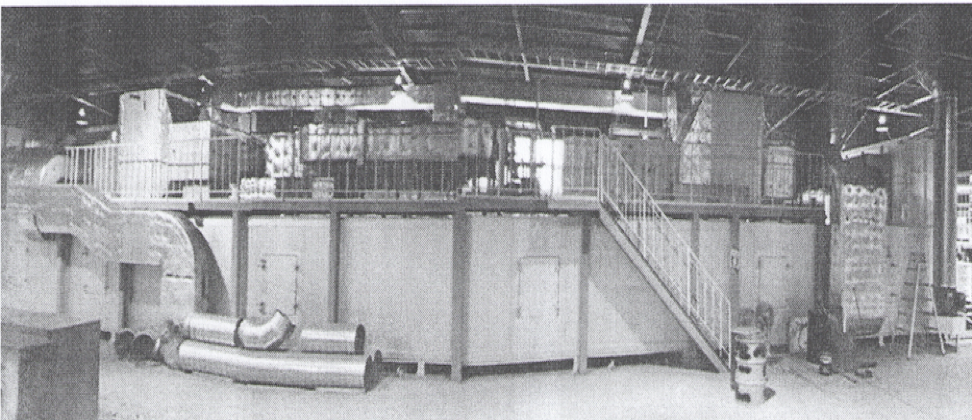
Figure 2: Exhaust gas furnace and control panel
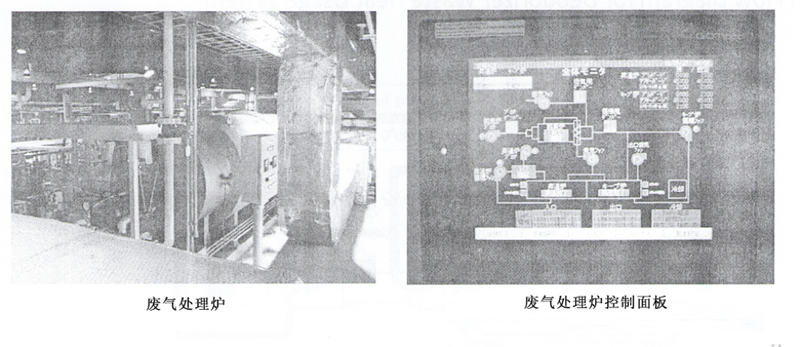
Figure 3: Spraying and drying of the paint inside the bottom of the steel drum and the inside of the barrel
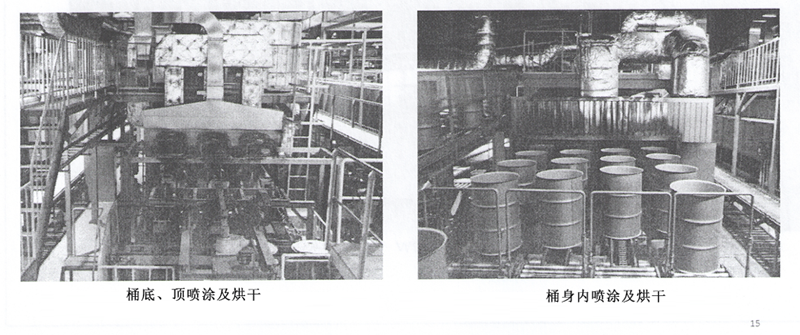
4. Flow chart of waste heat recovery system of waste gas burning furnace
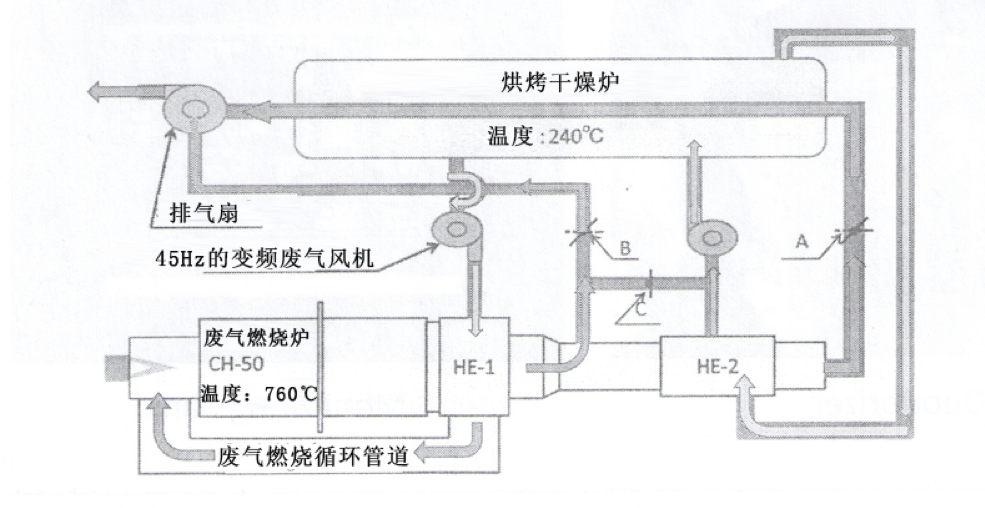
5. Processing effect of VOC
Monitoring itemsBefore installing the exhaust gas treatment furnace
After installing the exhaust gas treatment furnace
VOC displacement (ppm C) of steel drum outer coating drying
112
13
VOC displacement (ppm C) of barrel inner coating drying
317
10
VOC displacement (ppm C) of the inner coating drying on the bottom and top of the barrel
322
70
(2) Japan Steel Plate and Sumikin Steel Barrel Co., Ltd.
1. Reasons for choosing waste gas treatment method
When choosing an exhaust gas treatment method, it was decided to use the regenerative thermal oxidation combustion method (RTO) for the following reasons, and the project started operation in January 2014.
(1) It can adapt to the change of combustion exhaust gas concentration.
(2) It may spontaneously ignite in the low concentration range (600-1000ppm).
(3) The life of the ceramic catalyst is semi-permanent.
(4) High temperature combustion decomposition efficiency is high.
(5) Due to the low gas concentration requirements during combustion and the wide range (low concentration, large air volume), the treatment cost is relatively low.
(6) The amount of fuel used in operation is lower than the direct thermal oxidation combustion method (DTO).
2. Specifications
Exhaust gas treatment methodVertical three-chamber waste heat recovery structure
equipment manufactory
Japan Lobby Sales Company
Exhaust gas treatment capacity
73 m3N / min
Gas water content
3.5%
Exhaust gas treatment pressure
0 KPa
Burning temperature
810 ℃
fuel
City Gas 12A
Burner capacity
1686 MJ / h
Processing efficiency
Toluene below 10ppm
Dimensions
3450 × 1750 × 4500 (mm)
3. The outline drawing of the equipment is as follows
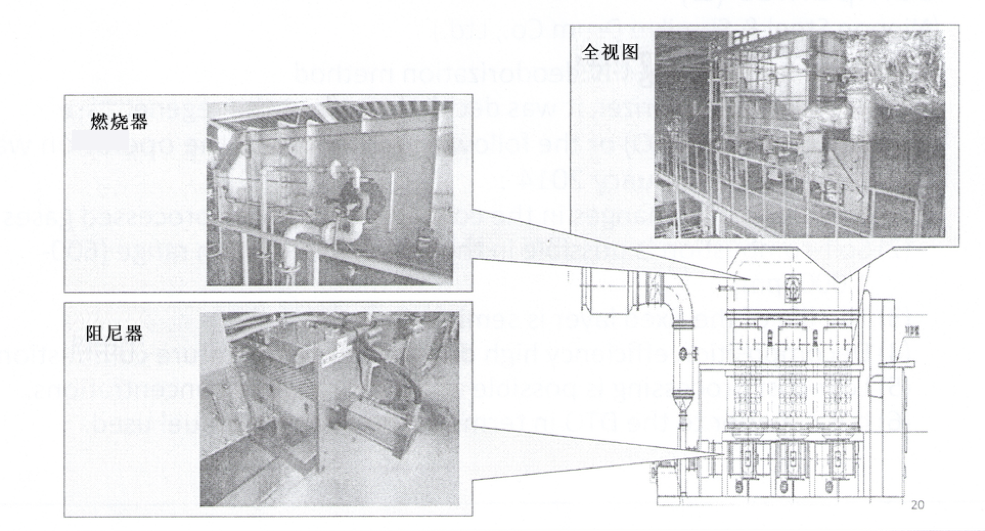
4. The processing effect of VOC
Monitoring itemsBefore installing the exhaust gas treatment furnace
After installing the exhaust gas treatment furnace
VOC (ppm C)
1440
twenty one
5. Statistics of VOC emissions in the steel drum industry in recent years
2000
2005
year 2010
year 2011
2012
year 2013
Year 2014
Emissions
1763
1818
1592
1570
1598
1545
1382
Rate of change
+ 3%
-10%
-11%
-9%
-12%
-twenty two%
Note: Rate of change (%) = (current VOC emissions-2000 VOC emissions) ÷ 2000 VOC emissions
Attachment: Annual emissions of VOCs (data from Japan Steel Barrel Association)
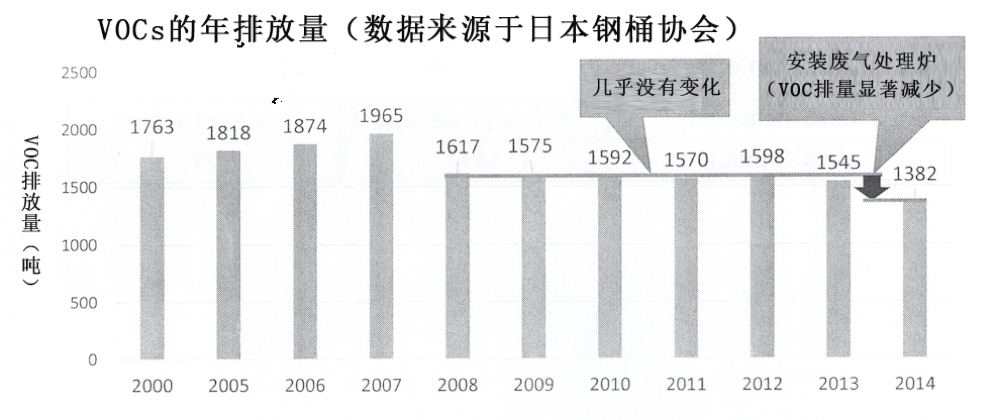
With the joint efforts of the Japan Steel Drum Association and various steel drum manufacturers, VOC emissions from the steel drum industry have been steadily decreasing.
Bench
STARWAY INTERNATIONAL HOME-LIVING CO., LTD , https://www.starwayfurniture.com